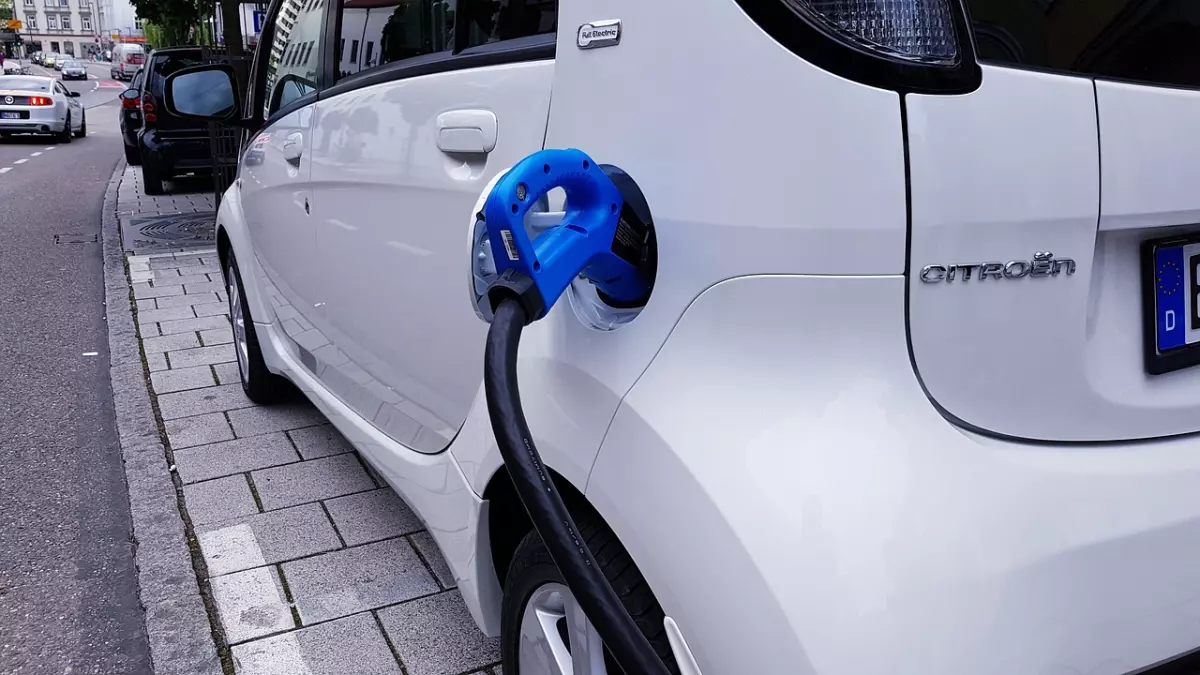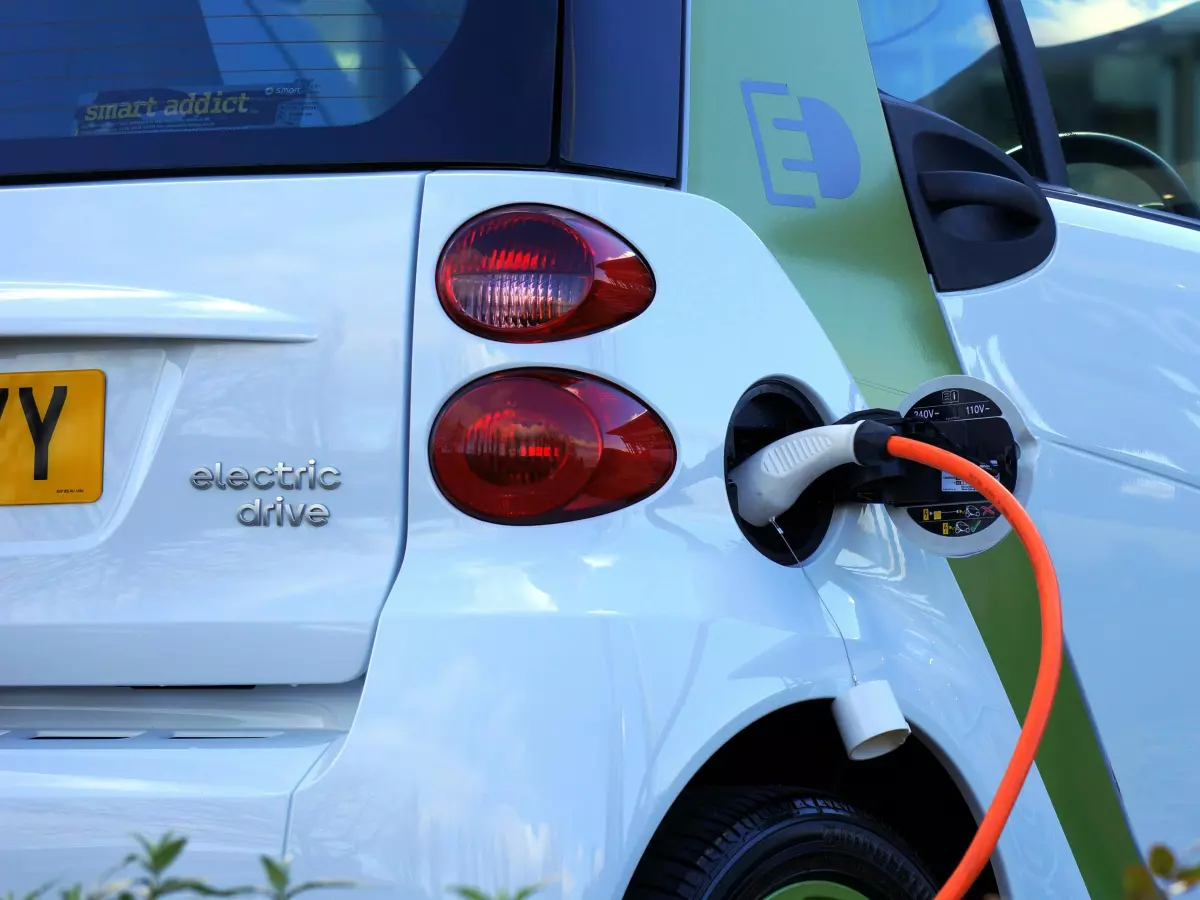Solid-State Leap
“The battery is the technology. The car is the box.” — Elon Musk

By Elena Petrova
Elon Musk’s quote might sound a bit exaggerated, but it perfectly sums up the current state of electric vehicles (EVs). The battery is the heart of the EV revolution, and as the demand for better range, faster charging, and improved safety grows, the spotlight is now on solid-state batteries. These aren't just a minor upgrade—they could be the game-changer that takes EVs to the next level.
So, what’s the big deal with solid-state batteries? Why are they being hailed as the future of EV technology? Let’s dive into the science, the potential, and the challenges of this innovative tech.
What Exactly Are Solid-State Batteries?
First things first: what makes a solid-state battery different from the lithium-ion batteries currently powering most EVs? In a nutshell, it’s all about the electrolyte. Traditional lithium-ion batteries use a liquid electrolyte to transport ions between the anode and cathode. Solid-state batteries, as the name suggests, replace this liquid with a solid electrolyte.
This seemingly small change has massive implications. Solid electrolytes are more stable, less flammable, and can hold more energy in a smaller space. In theory, this means longer range, faster charging, and a much lower risk of battery fires—something that’s been a concern with lithium-ion batteries.
Range Anxiety? Say Goodbye
One of the biggest selling points of solid-state batteries is their potential to significantly increase the range of EVs. Current lithium-ion batteries are limited by their energy density—the amount of energy they can store in a given space. Solid-state batteries, on the other hand, can pack more energy into a smaller volume.
Imagine being able to drive 500, 600, or even 700 miles on a single charge. That’s the kind of range that could make EVs not just competitive with gasoline-powered cars, but superior. For many drivers, range anxiety—the fear of running out of battery before reaching a charging station—could become a thing of the past.
Faster Charging: No More Waiting Around
Let’s be real: no one likes waiting for their car to charge. While fast-charging networks are expanding, it still takes significantly longer to charge an EV than to fill up a gas tank. Solid-state batteries could change that.
Because of their unique structure, solid-state batteries can handle higher charging currents without overheating or degrading as quickly as lithium-ion batteries. This means you could potentially charge your EV in minutes rather than hours. Imagine grabbing a coffee, and by the time you’re done, your car is fully charged and ready to go.
Safety First: No More Battery Fires
Battery fires are rare, but they do happen, and when they do, they’re a nightmare. Lithium-ion batteries are flammable because of their liquid electrolyte, which can ignite if the battery is damaged or overheats. Solid-state batteries, with their solid electrolytes, are far less likely to catch fire, even in extreme conditions.
This enhanced safety could make solid-state batteries particularly attractive for larger vehicles like trucks and buses, where battery fires would be even more dangerous. It’s also a huge plus for consumers who might be hesitant to switch to EVs because of safety concerns.
The Challenges: Why Aren’t We There Yet?
Okay, so if solid-state batteries are so amazing, why aren’t they in every EV on the road right now? Like most things in the tech world, it’s not that simple. There are still significant challenges to overcome before solid-state batteries can be mass-produced at a reasonable cost.
One of the biggest hurdles is the manufacturing process. Solid-state batteries require different materials and production techniques than lithium-ion batteries, and scaling up production has proven difficult. The materials used in solid-state batteries are also more expensive, which could drive up the cost of EVs—at least in the short term.
Another challenge is durability. While solid-state batteries theoretically last longer than lithium-ion batteries, they can be prone to developing tiny cracks in the solid electrolyte over time. These cracks can reduce the battery’s efficiency and lifespan, making it less reliable in the long run.
Who’s Leading the Charge?
Despite these challenges, several companies are racing to bring solid-state batteries to market. Toyota, for example, has been working on solid-state battery technology for years and plans to debut a prototype in the near future. Other major players, like Volkswagen, BMW, and Ford, are also investing heavily in this technology.
Startups like QuantumScape are also making waves in the solid-state battery space. Backed by big names like Bill Gates and Volkswagen, QuantumScape has made significant progress in developing a solid-state battery that could be commercially viable within the next few years.
What Does This Mean for the Future of EVs?
If solid-state batteries live up to their potential, they could revolutionize the EV industry. Longer range, faster charging, and improved safety would make EVs more appealing to a broader range of consumers. This could accelerate the shift away from gasoline-powered cars and help reduce global carbon emissions.
But it’s not just about cars. Solid-state batteries could also have a huge impact on other industries, from aviation to renewable energy storage. Imagine electric planes with solid-state batteries that can fly longer distances, or solar power systems that can store more energy for use at night. The possibilities are endless.
Conclusion: The Road Ahead
Solid-state batteries are still in the early stages of development, but the potential is enormous. If the technical and manufacturing challenges can be overcome, they could be the key to unlocking the full potential of electric vehicles—and maybe even transforming other industries along the way.
So, while we’re not quite there yet, the future of EVs is looking brighter—and more solid—than ever.
In fact, according to a report by BloombergNEF, solid-state batteries could account for 7% of the EV market by 2030. That might not sound like much, but it’s a huge leap for a technology that’s still in its infancy.





